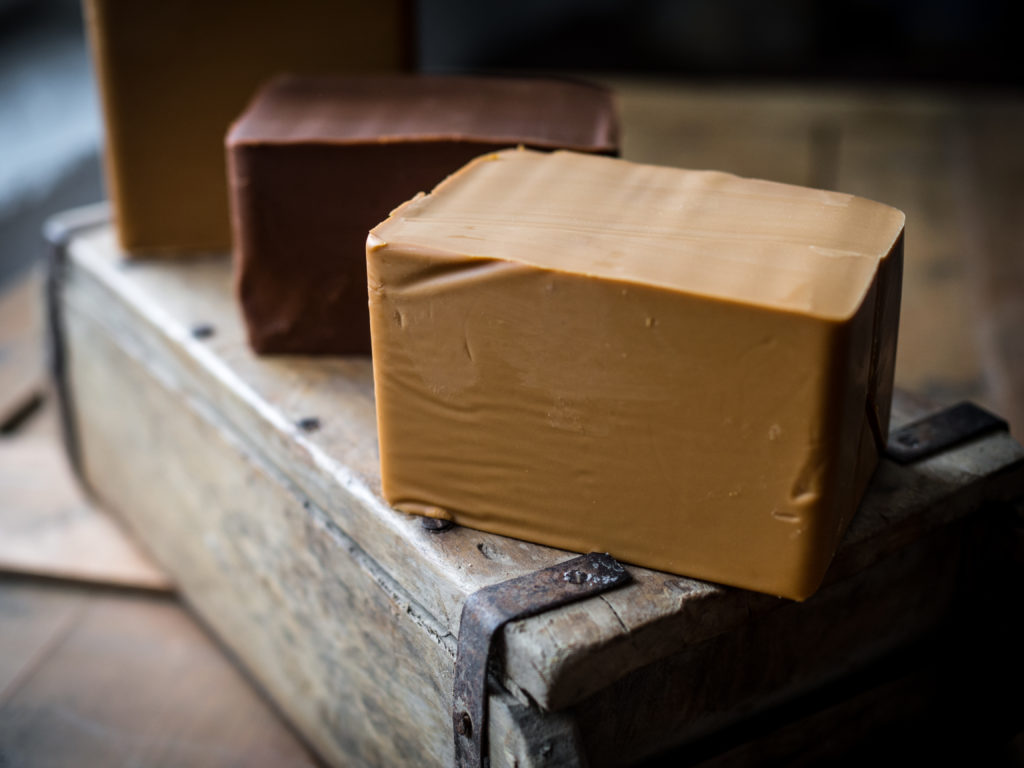
This post is made in partnership with TINE.
If there’s one quintessential “cheese” that Norway is known for it’s brown cheese – with its sweet, yet salty and nutty, with a hint of caramel, flavors. Brown cheese or ‘Brunost’ is a by-product of cheesemaking. The leftover whey is cooked down until it caramelizes and turns a lovely deep brown color. When enough moisture has evaporated, the caramelized mass is placed in a form and left to solidify. Traditionally, the forms were made of wood and could have an intricate pattern embellished inside of it to imprint onto the cheese, providing an elegant status of Norway’s farming culture.
The story of Brunost and its popularity traces back to Anne Hov in the summer of 1863. While variations of “whey cheese” were already being produced as far back as anyone can guess and first written about in the 14th century, it was Anne’s recipe that struck a chord and turned it into a commercial success that would make it one of Norway’s most beloved food products. Her addition of cream into the whey created a rich and creamy Brunost that eventually became Norway’s national cheese and a symbol of national pride.
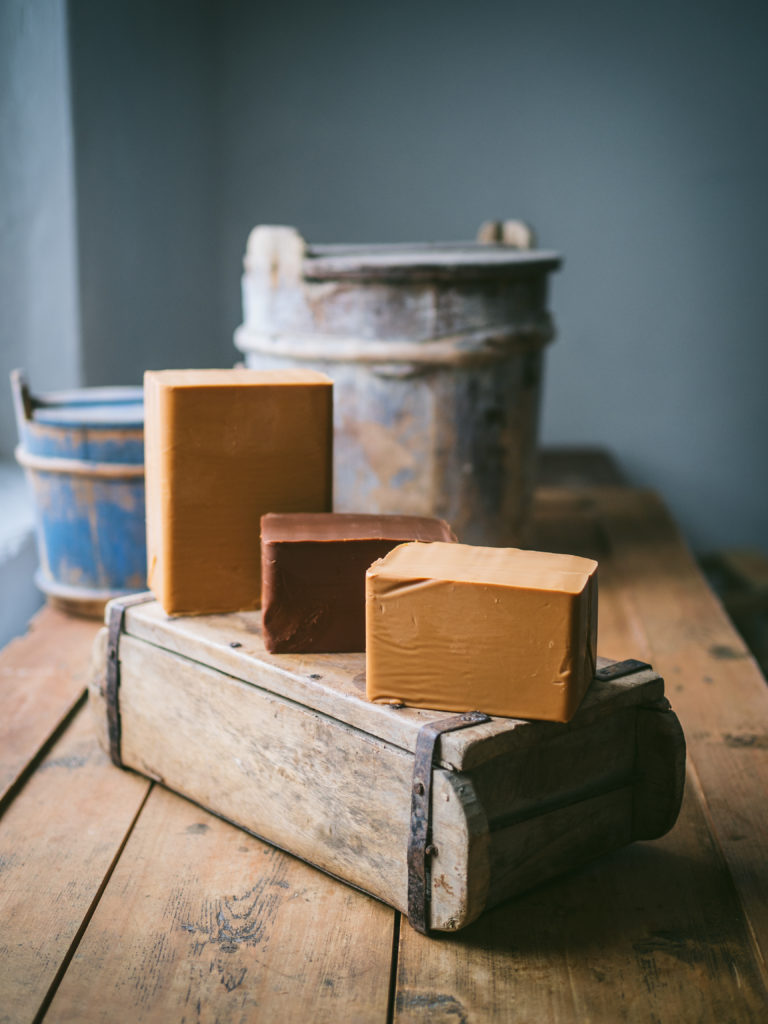
There are various kinds of brown cheese made today. Typically, they are divided into those made of cow’s milk, those made with the addition of goat’s milk, and those made of only goat’s milk. Each type giving unique flavor profiles and colorization, and collectively they are commonly referred to as Brunost.
What makes brown cheese so special is that it irrevocably represents the traditional Norwegian farm life; everything from the romantic notions of the summer seter to the hard labor and struggles faced, as well as the successes and innovation that has steered the dairy to what it is today. It provides a connection to the natural landscape of Norway and highlights the quality of the dairy products found here. In some varieties, the tanginess of the goat’s milk is so prominent that it feels as though you are tasting the farm itself. So, for those who appreciate knowing where their food is sourced, this is an absolute sign of farm to table. Utilizing whey, a by-product of cheesemaking, means it’s also a sustainable approach to food waste. At the end of the day, though, people love brown cheese because it happens to be incredibly delicious.
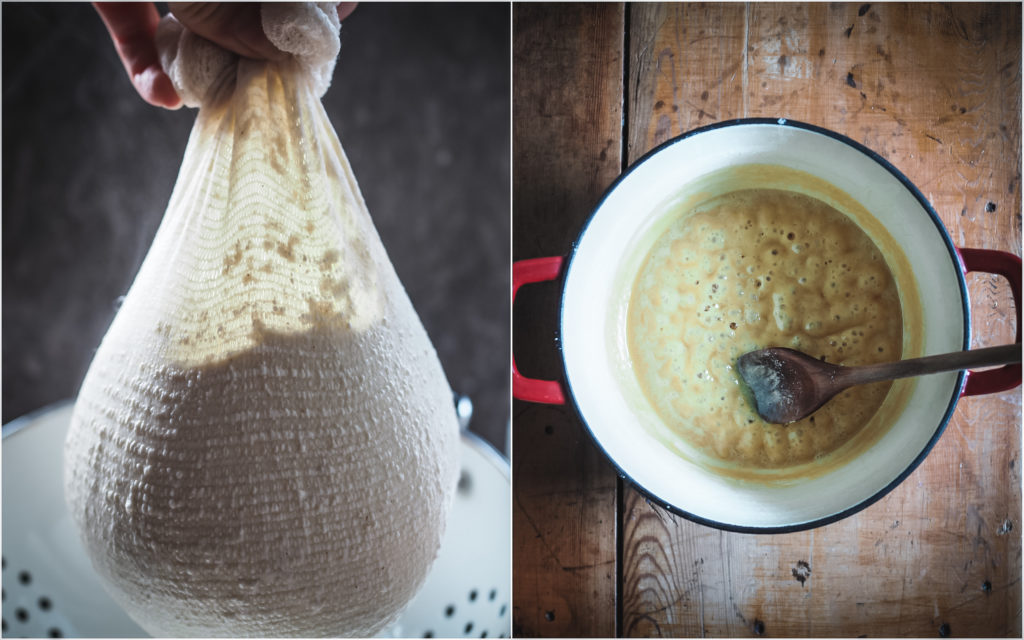
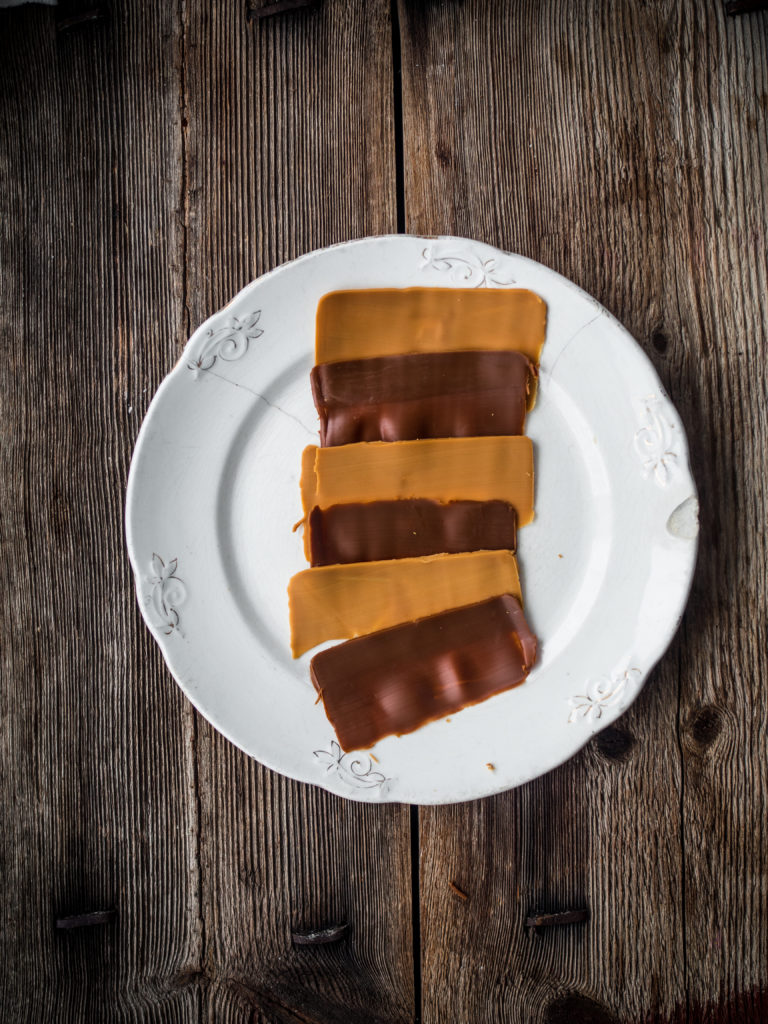
It’s difficult to pinpoint my very first taste of Brunost – it was somewhere mixed in with all the other exciting flavors I was being introduced to as a first-time visitor to this incredible country. While the sights, smells, and excitement of experiencing Norway for the first time may have clouded that exact moment, it only took one bite for me to completely understand and appreciate this culinary gem that belongs to Norway.
I spent three months during my first summer here eating my way through blocks of Brunost. It was the most simple and exquisite flavor to top on my slice of hearty bread, where other toppings such as caviar in tube form couldn’t quite grab my attention in the same way. I remember my mother-in-law making finnbiff, a stew made of thinly sliced reindeer, and she explained that the rich sauce encompassing the dish always had a few slices of Brunost added in as per custom and to ensure the right amount of creaminess.
Brown cheese has been a part of life ever since that summer. It’s always in the fridge and adorns slices of bread and baked goods at will. I’ve had the pleasure of visiting local producers of Brunost and have begun to see the innovations of taking it from a topping to incorporating it more so into desserts, entrees, and the like. It was from these interactions that I began looking at Brunost as an ingredient I could incorporate in my everyday cooking whilst still celebrating its traditional place on top of my baked goods and waffles.
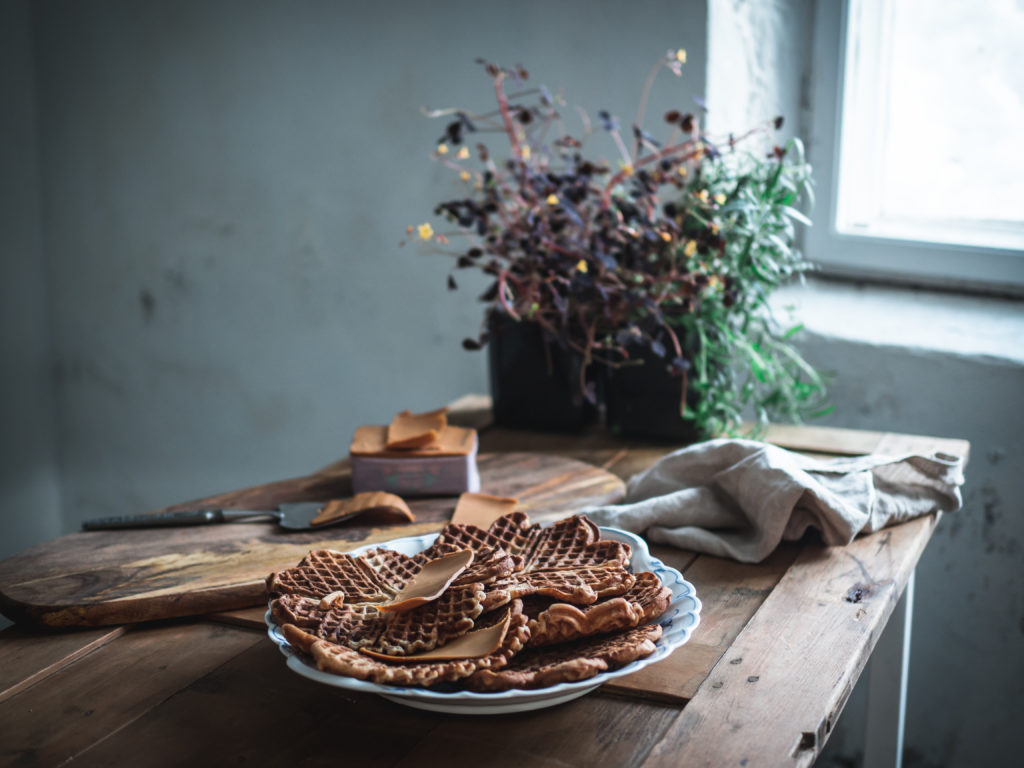
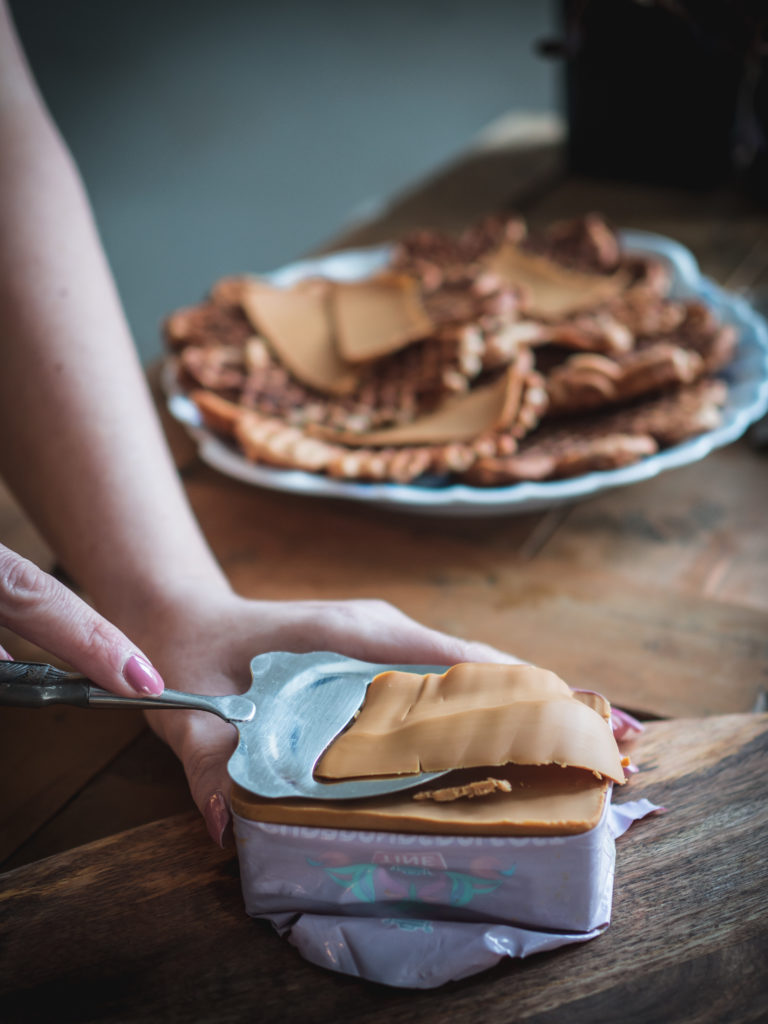
Brunost is made all over the Norway, and its quality has seen incredible international success over the years. Luckily, it’s not just contained to Norway as it’s also available in certain areas across the globe by TINE. Meaning, brown cheese can become a part of your everyday too.
TINE is owned by a cooperative of Norwegian farmers that serves Norway as the main producer, distributor, and exporter of commercial dairy products, including Brunost variations. A few years back, I had the pleasure of visiting some of the farmers and cheese producers working for TINE while filming the TV series, Ostereisen “The Cheese Journey”. I was amazed at just how dedicated the farmers across Norway are in ensuring the best quality of life for the animals, which in turn results in the best quality milk. The cheese producers were also some of the most innovative people I have met, with a passion for crafting cheeses that highlight the quality and pride of Norway.
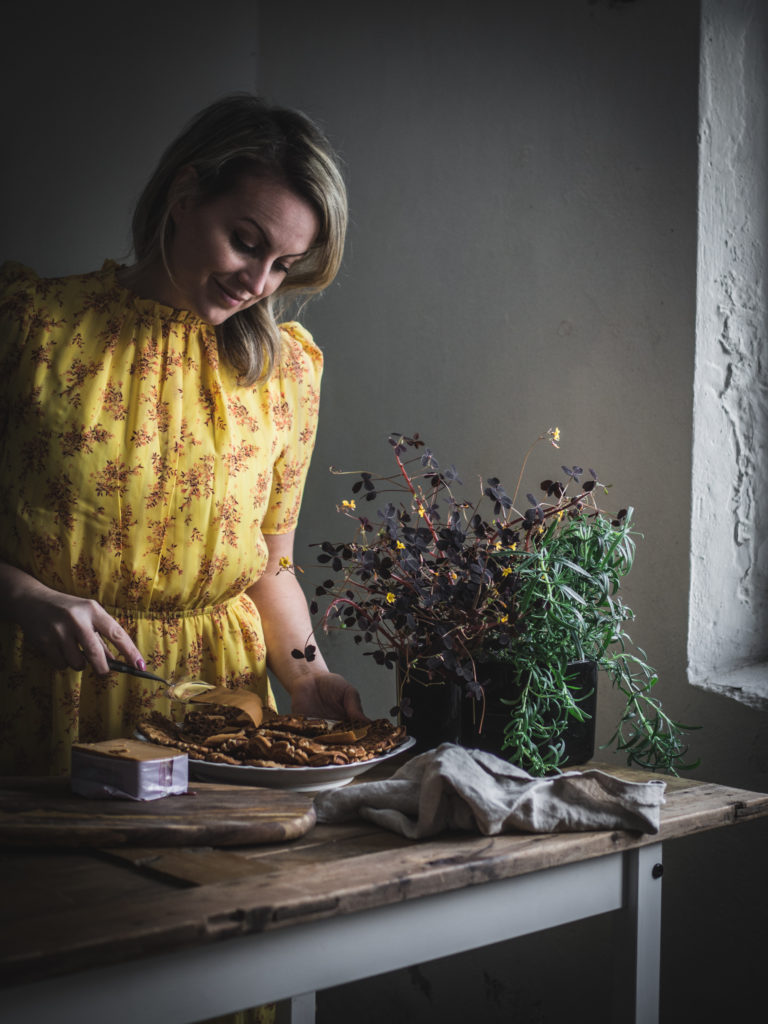
The collective of TINE, in its mission to support farmers and communities as well as make dairy products available across the country and internationally, is incredibly paramount to sustaining the dairy traditions in Norway.
TINE Brunost can be found internationally as Ski Queen, which is why I’m thrilled that those of you outside of Norway can access this very Norwegian cheese and incorporate it into your everyday cooking.
To find your nearest retailer in the US, you can search this locator map.
For Canada, you can use this locator map.
To find your nearest retailer in the UK and Australia, you can search this locator map.
Let’s continue carrying on the brown cheese love ♥
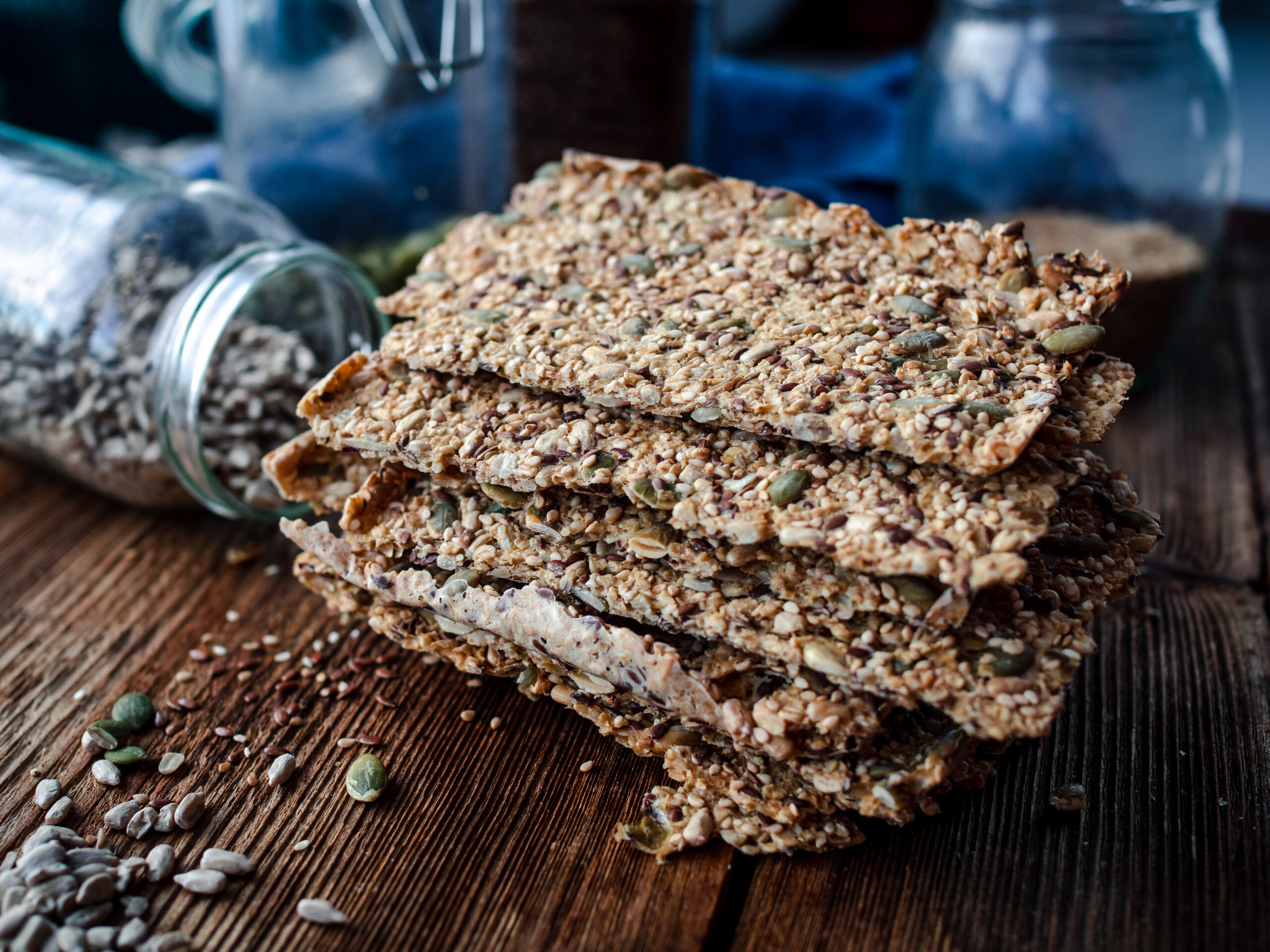
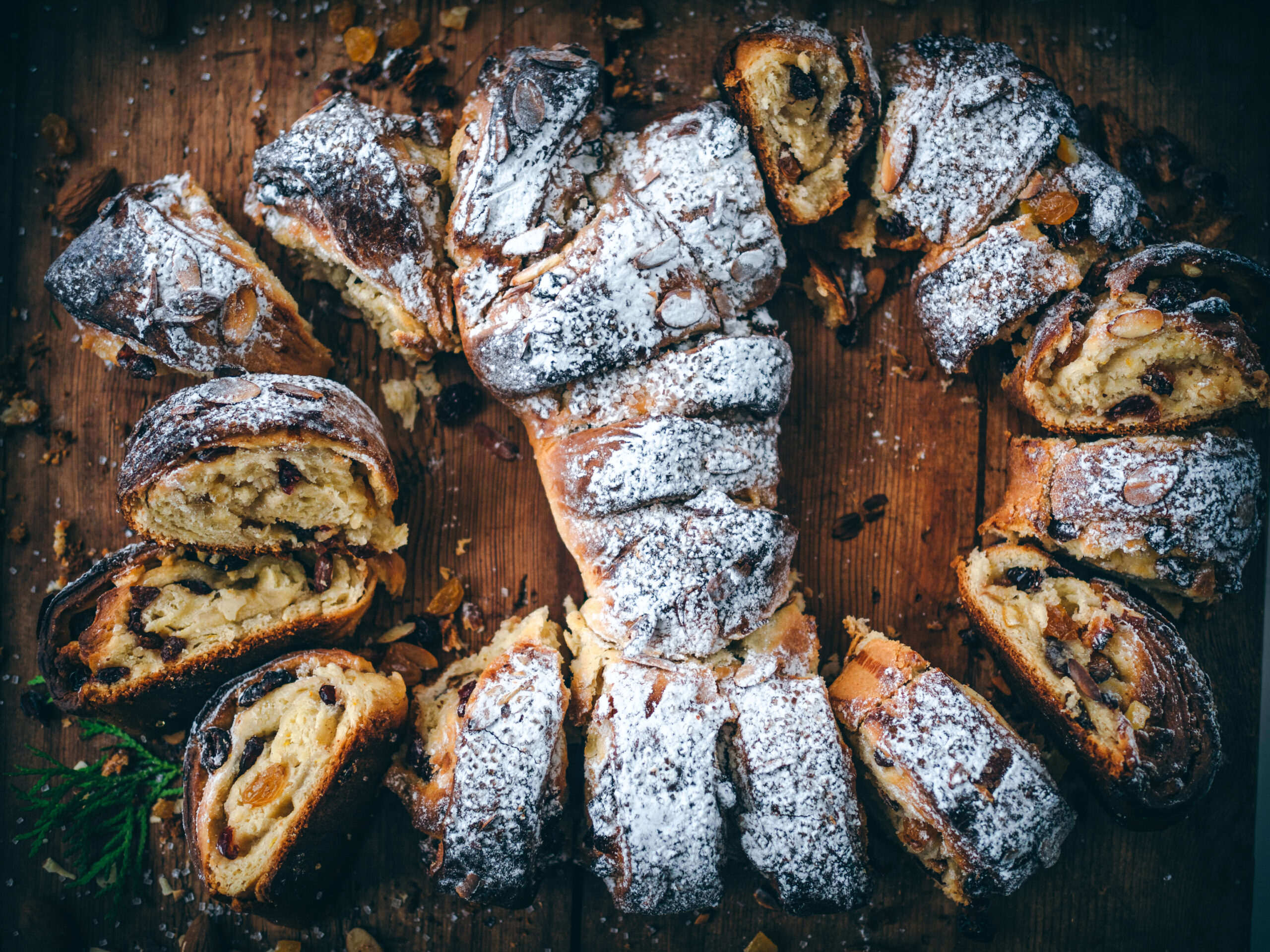
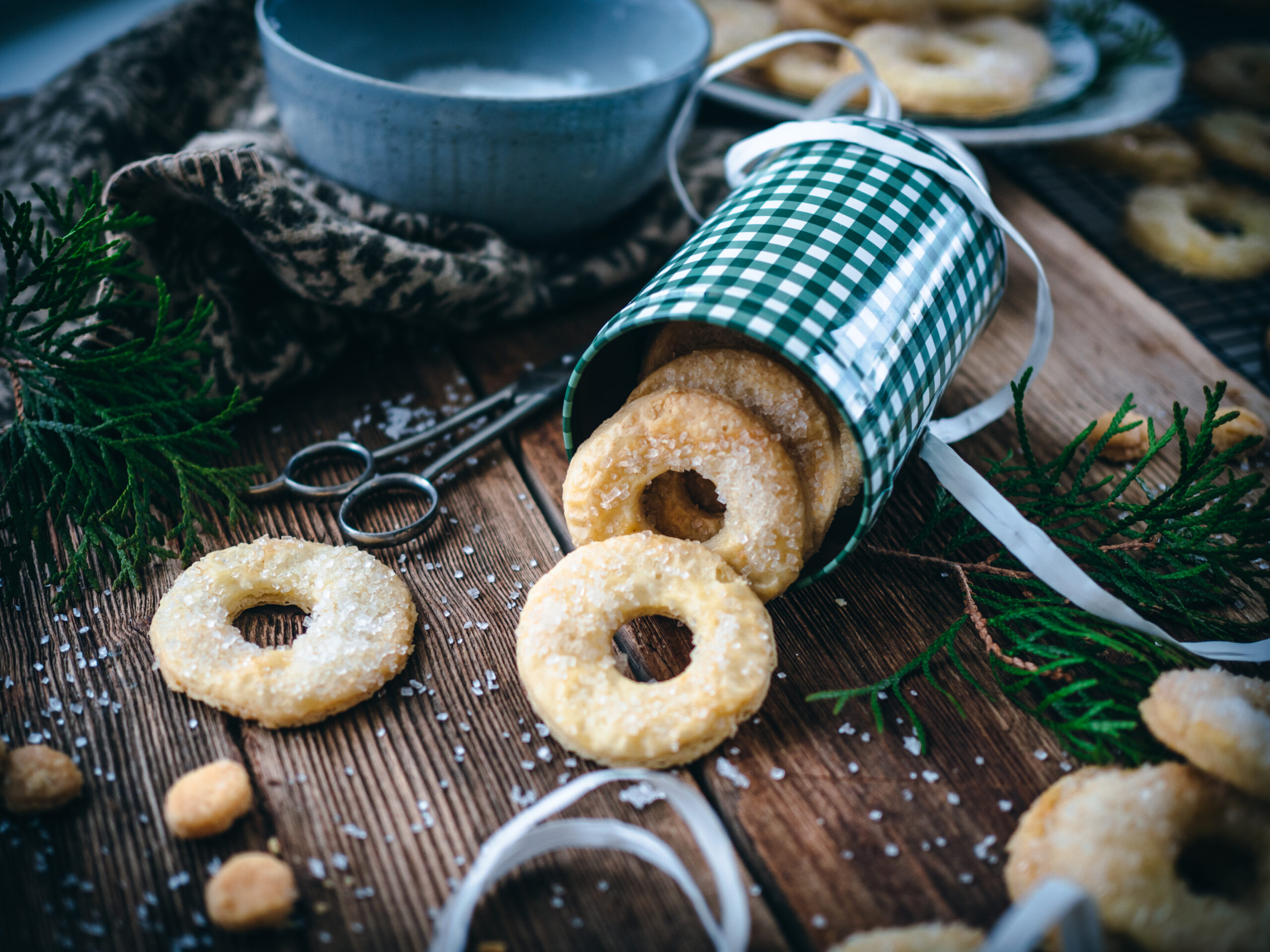
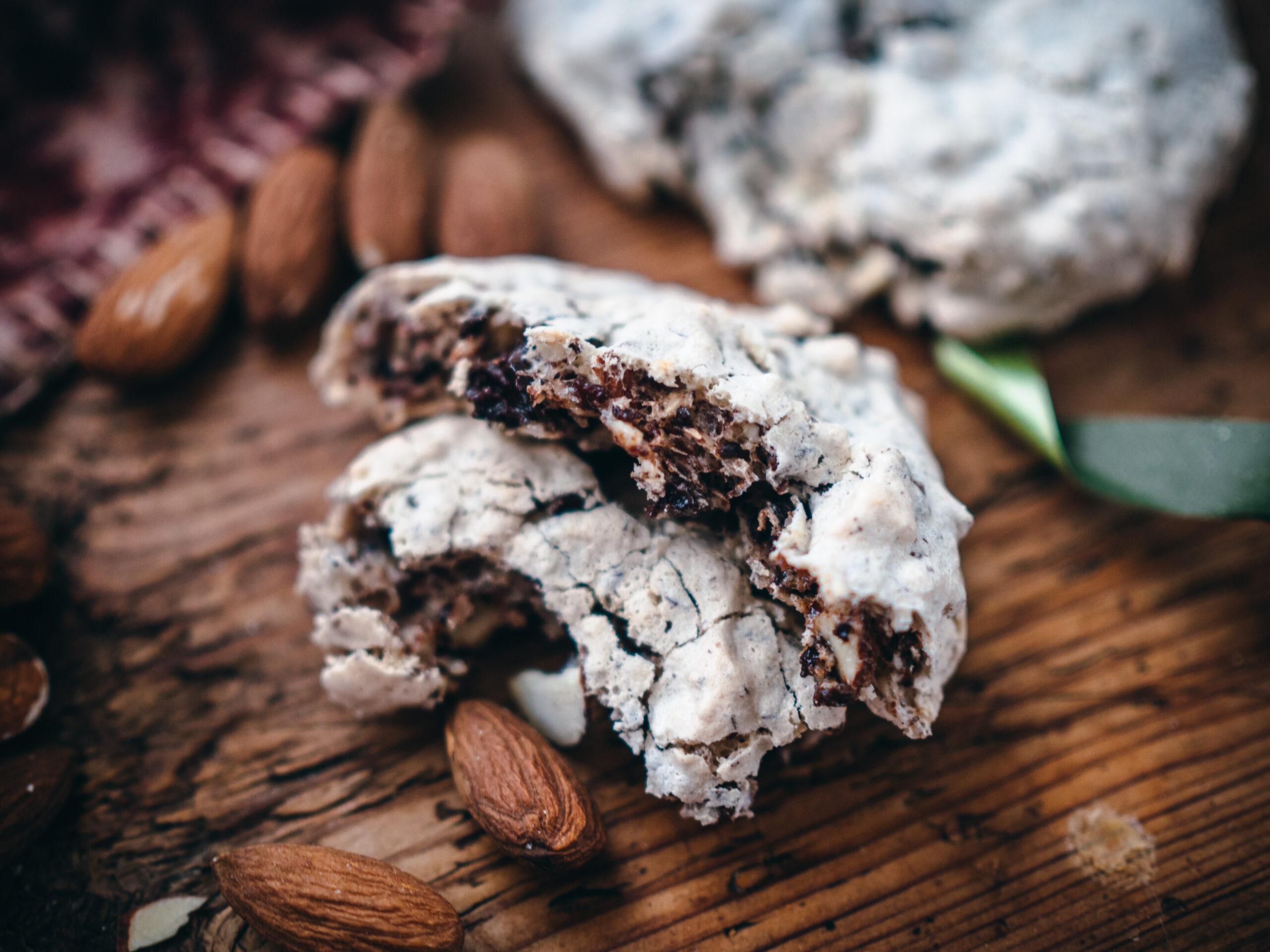
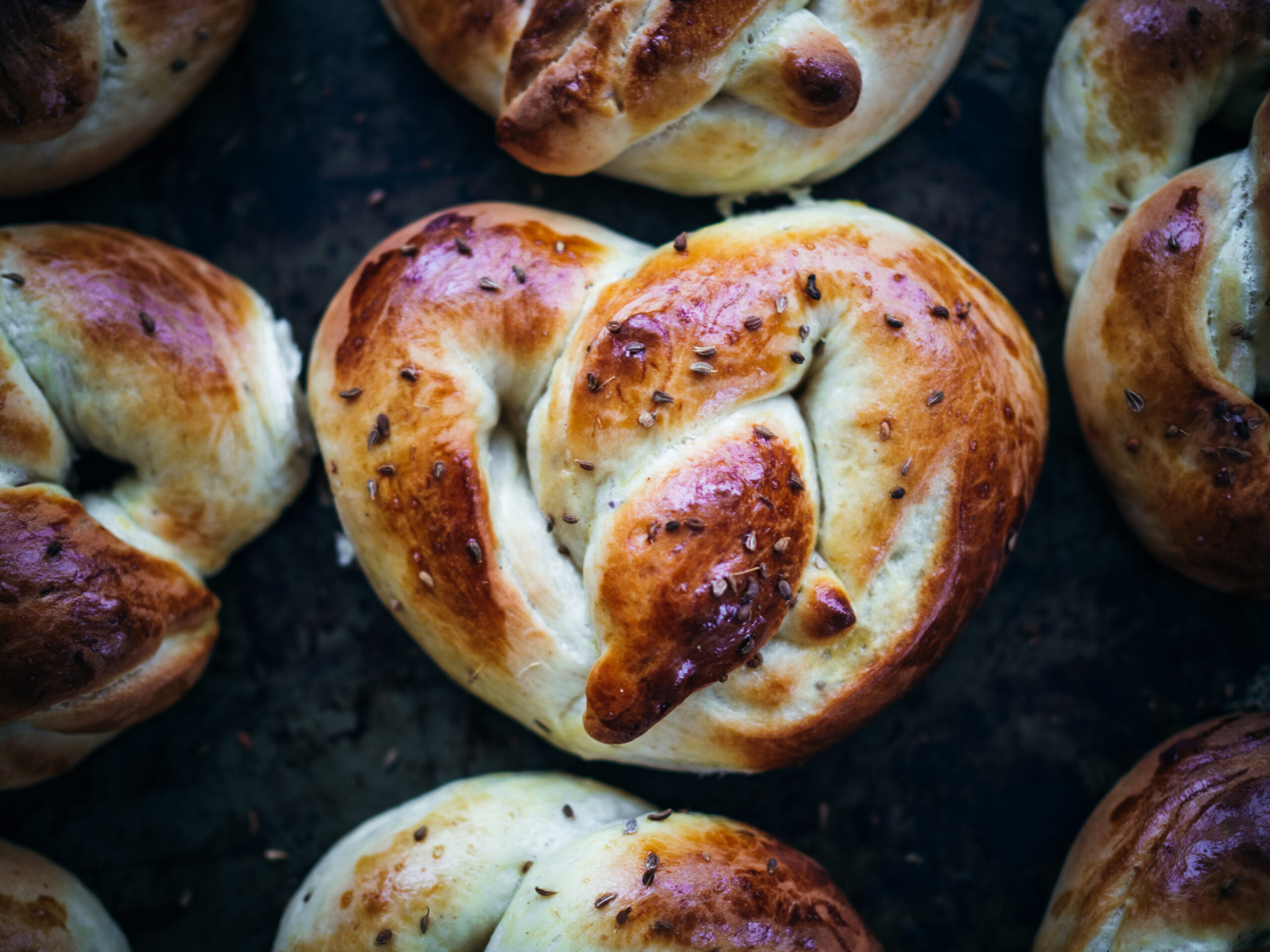
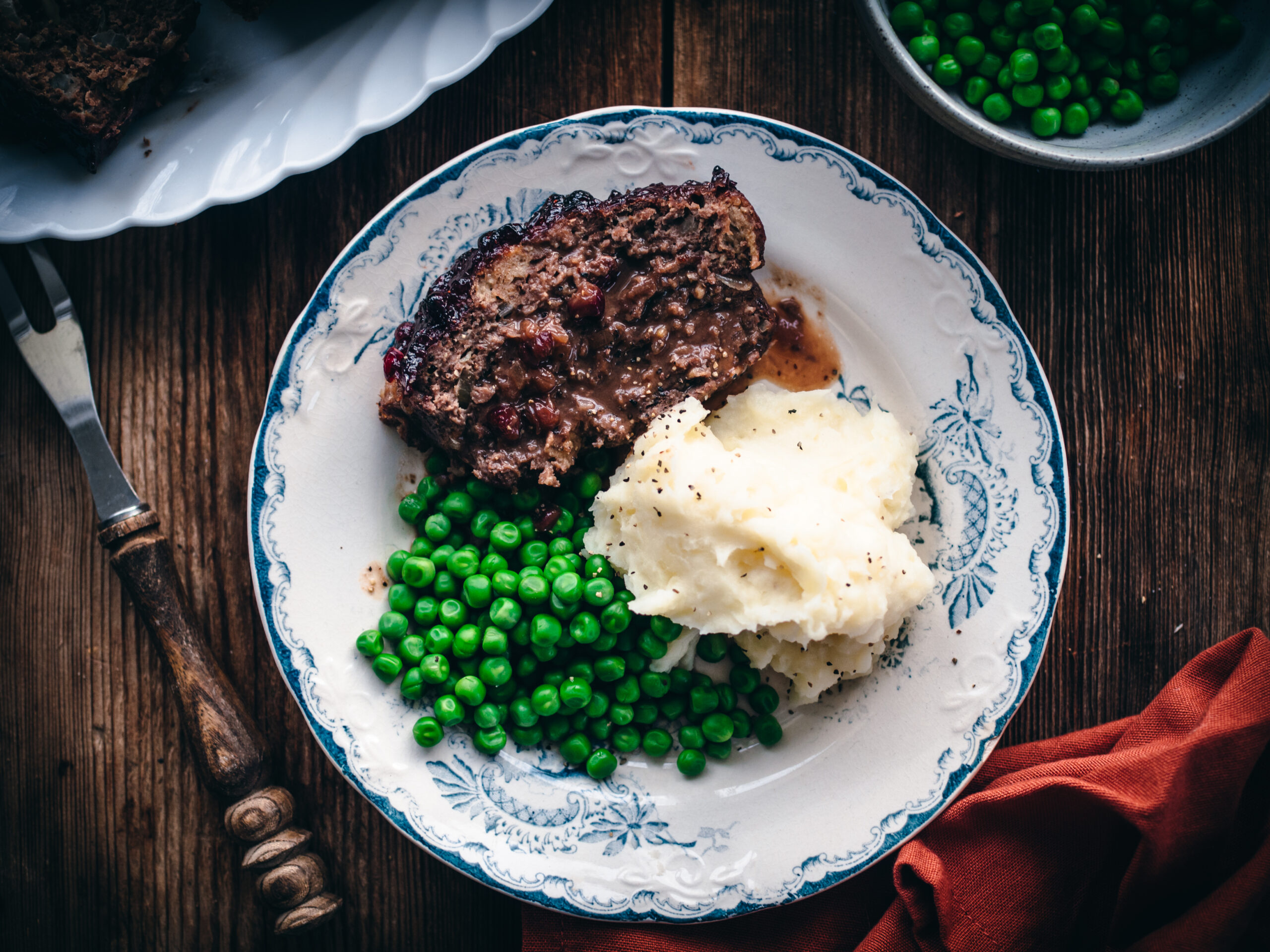
You are so RAD! So inspirational and I absolutely love all your endeavors!
Thanks, Keoma! 🙂
Was shocked to see Safeway carried it in my area of WA!! Can’t wait to try!! Love your blog and recipes! Request— could you include how to pronounce the Norwegian items you feature?? Thanks!
I’m so happy you found a store that carries it nearby! And thanks for your suggestion, it would be great to include an article on pronunciations 🙂
This may be your most evocative column. My memories of brunost go in every direction, from romance to labor to fest to late night tastes. Thanks for adding that little note about its importance in Norwegian sauces. My classic work lunch niste held one brunost on kneipebrod and one gullost on rug. Herlig!
Thanks, George! I love that you’ve connected to brunost in all these ways 🙂
I have a hard time finding Gubrandalost and Caramore in Northwest Arkansas. My two favorites ever since traveling to Norway. I try to keep them year round.
I am in Montana and the nearest location to purchase this cheese is hundreds of miles away. Is there any where to order it?
Hi Lauri. I think you can purchase it online or at speciality Scandinavian retailers, who also have an online shop. You might even be able to ask a larger grocery chain that’s nearby if they can order it in for you. Hope you are able to get your hands on some!
Thank you. I will try to source this in Australia
Hi Nevada! I love reading your posts. It is a very interesting read on how this cheese came to existence! It seems very similar to the Indian dish called mawa, which is made by boiling down the milk to an extremely thick paste, has brown caramelized notes to it, and mostly used in desserts.
Just wanted to share this!
When raising my children in southeast Idaho, we ended up with goats because my last two children were allergic to everything else. Once in a while we couldn’t use all the milk, so it collected and collected. I would then use a huge pot and make gjeitost. 3 gallons of milk, a few rennet tablets, and after cooking all day, there would be enough for about 2/3 cup’s worth of geitost. 100% and very strong, so strong my children didn’t like it so much, but this Norwegian loved it!
That’s amazing!!
I’ve been eating gjetost all my life – Ski Queen gjetost. It’s easy to find in Minnesota. I love it, my kids love it, my husband loves it, but it can be a hard sell for folks who didn’t grow up with it. The salty-sweet-caramel of it is surprising when they’re thinking “cheese”. I didn’t know how it was made, however. This is fascinating!
So happy to hear you love it too! 🙂